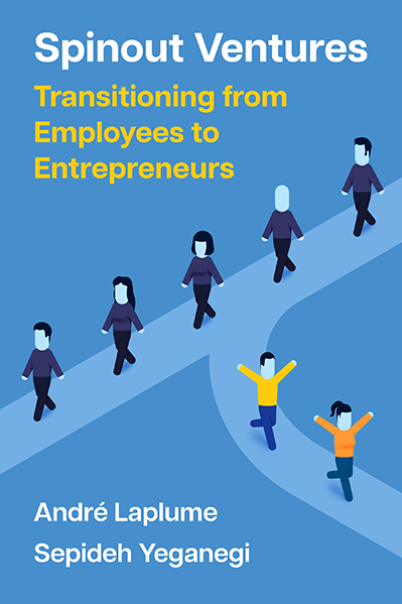Information Processing and Entrepreneurship
Information Processing Theory is explained by Allen Newell and Herbert A. Simon (1972) in their book entitled Human Problem Solving. The book focuses on how humans think and process information. They view the human system as including the sensual, memory and arousal subsystems.
Hansen and Allen (1992) borrow the theory of information processing to explain and predict the creation of new ventures. They start with the assumption that business environments produce information in varying quantities and varieties. For instance, a very simple environment might produce a small amount of very similar information, whereas a complex environment produces a large quantity of heterogeneous information.
A complex environment might match a fast-paced, ever-changing high-tech industry, whereas a simple environment might match a slow moving traditional industry such as the restaurant industry.
A single individual may find it difficult or impossible to cope with the information load that a complex environment creates. Each individual can do the job of absorbing and filtering some portion of the information that complex environments produce. Then, through communication, the individuals can share the information and the network can together make sense of it.
The frequency of communication between the individuals also matters, such that frequent communication between a larger number of individuals is expected to lead to the creation of an organization to take advantage of opportunities in an environment.
Inter-connectivity (similar to network density) also matters, where individuals communicate with a greater share of the network rather than with just a small part of it.
A key implication of the theory is that prospective entrepreneurs seeking to start ventures in complex environments should team up with others to share the information processing load. Doing so involves creating networks that process information effectively enough to spur organization development.
In support of the theory, there is some evidence that solo entrepreneurs are less likely to survive and more likely to persist as low or no-growth ventures (Hansen, 1991). Similarly, lone inventors are more likely to invent less innovative technologies and products, and do so at a slower rate than organizations.
Sources:
Hansen, E. L., and Allen, K. R. (1992). The creation corridor: Environmental load and pre-organization information-processing ability. Entrepreneurship: Theory and Practice, 17(1), 57-66.
Newell, A., and Simon, H. A. (1972). Human problem solving (Vol. 104, No. 9). Englewood Cliffs, NJ: Prentice-Hall.
Newell, A., and Simon, H. A. (1972). Human problem solving (Vol. 104, No. 9). Englewood Cliffs, NJ: Prentice-Hall.
